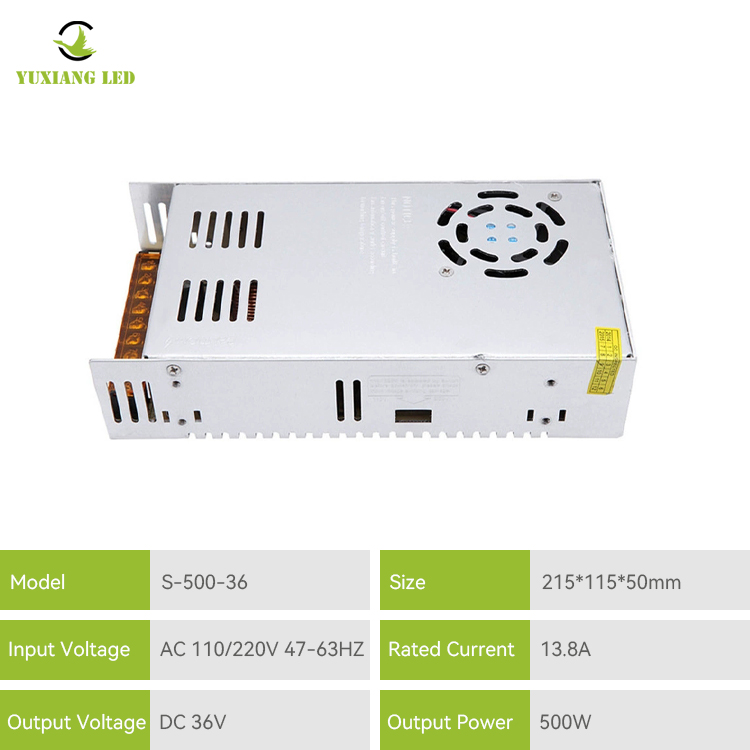What's wrong with the switching power supply?
2023-11-18
A switching power supply is a complex electronic device with a variety of components, and a variety of problems can cause failure. Some common failures include:
Capacitor failure: Capacitors are critical components in power supplies, and their failure can lead to problems such as voltage ripple, overheating, or even complete power supply failure.
Diode or transistor failure: Components such as diodes and transistors in power supply circuits can fail due to overvoltage, overcurrent, or overheating, causing power failure.
Transformer problems: Transformer problems, such as a short circuit or insulation breakdown, can cause power failure. Overloading or overheating can also damage a transformer.
Electrolytic capacitor degradation: Electrolytic capacitors tend to degrade over time due to high temperatures or voltage stress, which can lead to power instability or failure.
Overheating: Overheating due to poor ventilation, high ambient temperatures, or operating at maximum load for extended periods of time can cause component failure or power shutdown.
Voltage spikes or surges: Voltage spikes or surges caused by electrical interference, lightning strikes, or improper wiring can cause power failures.
PCB (printed circuit board) issues: Faulty solder joints, damaged traces, or other PCB-related issues can cause intermittent or complete power failure.
Aging and Wear: Like any electronic device, the switching power supply will degrade over time due to continuous use, eventually leading to failure.
Troubleshooting a faulty switching power supply often involves inspecting these components, testing for continuity, checking for visible damage, and using specialized equipment to diagnose the specific problem. Repairing or replacing the faulty component can often restore the functionality of the power supply.





